protocatechuic acid

protocatechuic acid structure
|
Common Name | protocatechuic acid | ||
|---|---|---|---|---|
| CAS Number | 99-50-3 | Molecular Weight | 154.120 | |
| Density | 1.6±0.1 g/cm3 | Boiling Point | 410.7±35.0 °C at 760 mmHg | |
| Molecular Formula | C7H6O4 | Melting Point | 197-200 °C (dec.)(lit.) | |
| MSDS | Chinese USA | Flash Point | 216.3±22.4 °C | |
| Symbol |

GHS07 |
Signal Word | Warning | |
Use of protocatechuic acidProtocatechuic acid is a phenolic compound which exhibits neuroprotective effect. |
| Name | 3,4-dihydroxybenzoic acid |
|---|---|
| Synonym | More Synonyms |
| Description | Protocatechuic acid is a phenolic compound which exhibits neuroprotective effect. |
|---|---|
| Related Catalog | |
| In Vitro | Protocatechuic acid inhibits the aggregation of Aβ and αS and destabilizes their preformed fibrils. Protocatechuic acid prevents the death of PC12 cells triggered by Aβ- and αS-induced toxicity[3]. |
| In Vivo | Protocatechuic acid is able to prevent stress induced immobility time in forced swim test without altering locomotor activity in mice. Further, Protocatechuic acid treatment attenuates the elevation of serum corticosterone, lipid peroxidation and restores enzymatic antioxidants in cerebral cortex and hippocampus in ARS mice[1]. Rat administered cadmium and treated with prostigmine and doses of Protocatechuic acid (10−20 mg/kg) has significantly reduced BChE activity. Cadmium and either prostigmine or Protocatechuic acid (10−20 mg/kg) treated rats shows significant reduction in MDA level[2]. |
| Kinase Assay | AChE activity investigation is carried out in a reaction mixture containing 50 μL of tissue homogenate, 50 μL of 5, 5'-dithiobis-(2-nitrobenzoic) acid (DTNB), 1175 μL of 0.1 M phosphate-buffered solution, pH 8.0. After incubation for 20 min at 25°C, 25 μL of acetylthiocholine iodide solution is added as the substrate. The AChE activity is determined as changes in absorbance reading at 412 nm for 3 min at 25°C and using a UV/Visible spectrophotometer. |
| Cell Assay | Dilutions of Protocatechuic acid (2, 5, 10, 20, 50, and 100 μM) are prepared from stock solutions, with serum-free culture medium. Equal volumes of each solution are mixed with Aβ1-42 (10 μM), then incubated for 24 h on a thermoblock, with continuous agitation, and then exposed to PC12 cells for 24 h to test whether Protocatechuic acid can prevent cell death triggered by Aβ. Cell viability is determined by MTT reduction assay. Cells are treated with 200 μL per well of MTT solution (final concentration, 0.5 mg/mL in DMEM-Glutamax medium) for 3 h, at 37°C, with 5% CO2. The dark blue formazan crystals that formed are solubilized with 100 μL per well of DMSO, for 30 min. Absorbance is measured at 540 nm, with a microplate reader. Results are expressed as the percentage of MTT reduction in relation to the absorbance of control cells at 100%. |
| References |
| Density | 1.6±0.1 g/cm3 |
|---|---|
| Boiling Point | 410.7±35.0 °C at 760 mmHg |
| Melting Point | 197-200 °C (dec.)(lit.) |
| Molecular Formula | C7H6O4 |
| Molecular Weight | 154.120 |
| Flash Point | 216.3±22.4 °C |
| Exact Mass | 154.026611 |
| PSA | 77.76000 |
| LogP | 1.16 |
| Vapour Pressure | 0.0±1.0 mmHg at 25°C |
| Index of Refraction | 1.671 |
| Stability | Stable. Incompatible with strong oxidizing agents, strong bases. |
CHEMICAL IDENTIFICATION
HEALTH HAZARD DATAACUTE TOXICITY DATA
MUTATION DATA
|
| Symbol |

GHS07 |
|---|---|
| Signal Word | Warning |
| Hazard Statements | H315-H319-H335 |
| Precautionary Statements | P305 + P351 + P338 |
| Personal Protective Equipment | dust mask type N95 (US);Eyeshields;Gloves |
| Hazard Codes | Xi:Irritant |
| Risk Phrases | R36/37/38 |
| Safety Phrases | S26-S36-S37/39 |
| RIDADR | NONH for all modes of transport |
| WGK Germany | 3 |
| RTECS | UL0560000 |
| HS Code | 2918290000 |
| Precursor 10 | |
|---|---|
| DownStream 10 | |
| HS Code | 2918290000 |
|---|---|
| Summary | HS: 2918290000 other carboxylic acids with phenol function but without other oxygen function, their anhydrides, halides, peroxides, peroxyacids and their derivatives Tax rebate rate:9.0% Supervision conditions:AB(certificate of inspection for goods inward,certificate of inspection for goods outward) VAT:17.0% MFN tariff:6.5% General tariff:30.0% |
|
Antimicrobial activity of natural products from the flora of Northern Ontario, Canada.
Pharm. Biol. 53(6) , 800-6, (2015) The number of multidrug resistant (MDR) microorganisms is increasing and the antimicrobial resistance expressed by these pathogens is generating a rising global health crisis. In fact, there are only ... |
|
|
Antioxidant activity of protocatechuates evaluated by DPPH, ORAC, and CAT methods.
Food Chem. 194 , 749-57, (2015) Hibiscus sabdariffa L. is a worldwide consumed plant, principally after infusion of its dried sepals and calyces, which are usually discarded. Nevertheless, they represent a potential source of natura... |
|
|
Effect of selected Saccharomyces cerevisiae yeast strains and different aging techniques on the polysaccharide and polyphenolic composition and sensorial characteristics of Cabernet Sauvignon red wines.
J. Sci. Food Agric. 95 , 2132-44, (2015) The objective of this work was to study the effect of two Saccharomyces cerevisiae yeast strains with different capabilities of polysaccharide liberation during alcoholic fermentation in addition to s... |
| MFCD00002509 |
| 3,4-dihydroxy-benzoic acid |
| 4,5-Dihydroxybenzoic acid |
| 3,4-Dihydroxybenzoic acid |
| 4-Carboxy-1,2-dihydroxybenzene |
| Protocatehuic acid |
| protocatechuate |
| EINECS 202-760-0 |
| Benzoic acid, 3,4-dihydroxy- |
| protochatechuic acid |
| protocatechuic acid |
| 3,4-dihydroxybenzoate |
| Benzoic acid,3,4-dihydroxy |
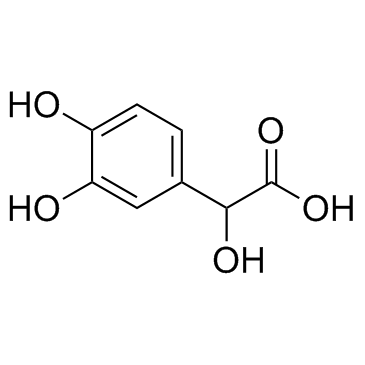 CAS#:775-01-9
CAS#:775-01-9 CAS#:117-39-5
CAS#:117-39-5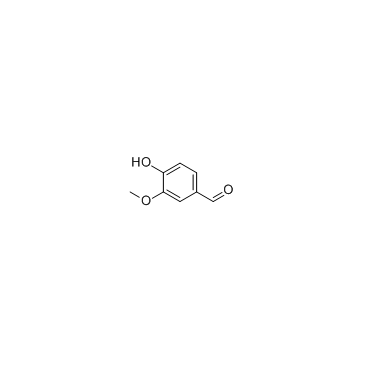 CAS#:121-33-5
CAS#:121-33-5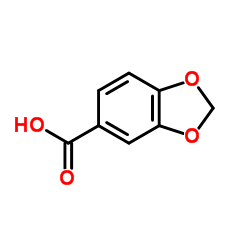 CAS#:94-53-1
CAS#:94-53-1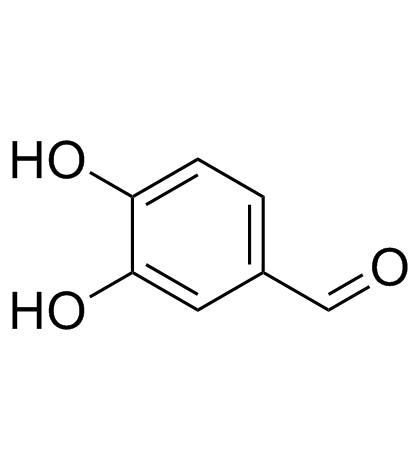 CAS#:139-85-5
CAS#:139-85-5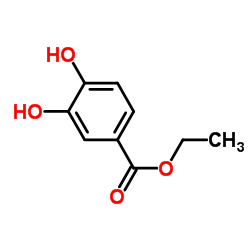 CAS#:3943-89-3
CAS#:3943-89-3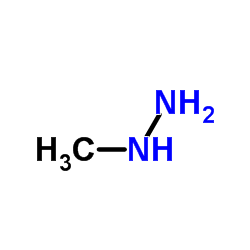 CAS#:60-34-4
CAS#:60-34-4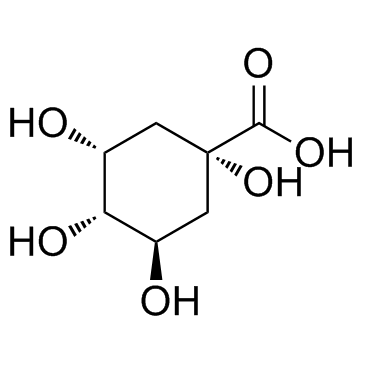 CAS#:77-95-2
CAS#:77-95-2 CAS#:2297-94-1
CAS#:2297-94-1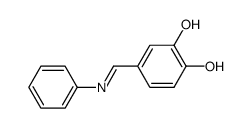 CAS#:93445-12-6
CAS#:93445-12-6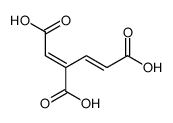 CAS#:1116-26-3
CAS#:1116-26-3 CAS#:2150-41-6
CAS#:2150-41-6 CAS#:606-45-1
CAS#:606-45-1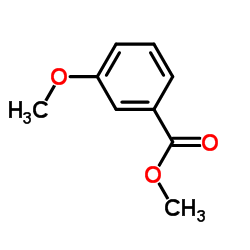 CAS#:5368-81-0
CAS#:5368-81-0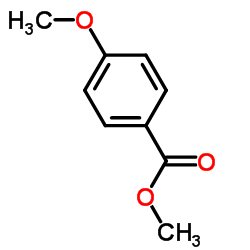 CAS#:121-98-2
CAS#:121-98-2 CAS#:2150-38-1
CAS#:2150-38-1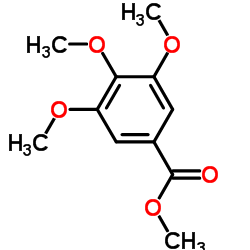 CAS#:1916-07-0
CAS#:1916-07-0 CAS#:2150-42-7
CAS#:2150-42-7 CAS#:2150-40-5
CAS#:2150-40-5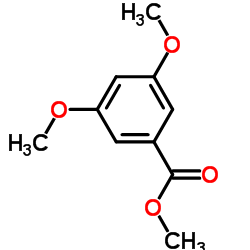 CAS#:2150-37-0
CAS#:2150-37-0
